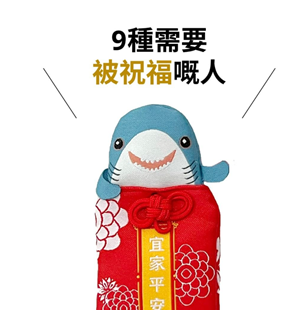The power of User-Generated Content (UGC)
User-generated content (UGC), refers to when a brand is mentioned online other than influencer in non-branded content. For example, a customer directly mentions the product and tags the brand in their images or uses branded hashtags and reviews to share their experiences about the service.
Brand's
social media will benefit from user-generated content with organic growth and
word-of-mouth effect at no cost.
Why is UGC important in marketing?
In the reality, about 2 hours per day are devoted by an average consumer to social media, user-generated visuals flood our feed with over 250 billion on Facebook and 95 million on Instagram every day. If marketing teams leverage UGC accordingly, it’ll be an effective way to populate the brand's e-shop, product pages, and sales campaign.
How
do you benefit from UGC?
Other
than creating word-of-mouth and organic growth on social media, there are benefits such as
-
Sales growth (amid holiday campaigns, special
offers, limited-time gifts)
-
Foster formation of brand loyalty and customer
advocacy
-
Improve SEO ranking and gain audience insights
-
Create trust in products and the brand to drive
purchase decisions
-
Build an authentic and captivating content library
for repurposing
Branded Hashtags
By creating hashtags that are exclusive to the brand, such as social media challenges
or particular lifestyles associated with the brand, the brand awareness and
engagement rate will increase as people include the hashtag.
Marc
Jobs, the renowned fashion designer, announced the brand’s advertising campaign
would cast models through social media platforms Instagram and Twitter, users
could participate by hashtag #CastMeMarc in their post on either platform. In
24 hours the hashtag entries have reached 15,000 and ended up around 93,000.
Branded
IG story AR Filters
Amid COVID-19,
social distance and quarantine have hindered people from visiting physical
stores, thus fewer chances to try on. Hence AR filters created by brands that
simulate trying on newly launched products are much more vital than ever.
Example:
Dior as one of the first luxury fashion brands to join the trend of Instagram AR filter creation, launched a new filter for users to try on signature sunglasses virtually. This helps the promotion of the products to drive online purchases while raising awareness of the brand.
Gamification
Through
Gamification, users have more incentive to accomplish several missions, as they
get rewarded and recognized for their effort. When they share/post their
achievements, such as grades, points, ranks, and badges or cashbacks, UGC will be created with sustainable
engagement. Hence, long-term relationships will be built and the brand could
turn them into loyal customers and return more frequently.
Example:
Nike+ fuelband app merged gamification to increase its connection with customers, by letting them link the app to social media, share their achievements, and compete against each other. Users will also be rewarded with badges and trophies when they accomplish certain levels, in turn encouraging them to further engage and drive buying decisions. Meanwhile, users’ data could be referenced for segmentation and retargeting.
To stay tuned on influencer marketing
strategies and tools, join Popared now to receive more news and
insights!







Gambling in New Jersey: A Guide to Casino Games - DRMCD
ReplyDeleteThe legal online gambling 경상북도 출장안마 market isn't limited to 광양 출장안마 brick-and-mortar casinos, but 문경 출장마사지 the 안산 출장마사지 gambling sites that are being regulated by 전주 출장마사지 the gambling